Gérard Milmeister (auth.)9783642001475, 3642001475
Both modern mathematical music theory and computer science are strongly influenced by the theory of categories and functors. One outcome of this research is the data format of denotators, which is based on set-valued presheaves over the category of modules and diaffine homomorphisms. The functorial approach of denotators deals with generalized points in the form of arrows and allows the construction of a universal concept architecture. This architecture is ideal for handling all aspects of music, especially for the analysis and composition of highly abstract musical works.
This book presents an introduction to the theory of module categories and the theory of denotators, as well as the design of a software system, called Rubato Composer, which is an implementation of the category-theoretic concept framework. The application is written in portable Java and relies on plug-in components, so-called rubettes, which may be combined in data flow networks for the generation and manipulation of denotators.
The Rubato Composer system is open to arbitrary extension and is freely available under the GPL license. It allows the developer to build specialized rubettes for tasks that are of interest to composers, who in turn combine them to create music. It equally serves music theorists, who use them to extract information from and manipulate musical structures. They may even develop new theories by experimenting with the many parameters that are at their disposal thanks to the increased flexibility of the functorial concept architecture.
Two contributed chapters by Guerino Mazzola and Florian Thalmann illustrate the application of the theory as well as the software in the development of compositional tools and the creation of a musical work with the help of the Rubato framework.
Table of contents :
Front Matter….Pages 1-17
Front Matter….Pages 1-1
Overview of Music Theories….Pages 3-6
The Representation of Music….Pages 7-18
Architecture of Concepts I: Principles….Pages 19-29
The Category of Modules….Pages 31-53
Architecture of Concepts II: Forms and Denotators….Pages 55-63
Software Components for Computational Theories….Pages 65-70
Historical Overview….Pages 71-76
Front Matter….Pages 77-77
Overview….Pages 79-80
Architecture….Pages 81-86
Modules and Morphisms….Pages 87-103
Forms and Denotators….Pages 105-125
Tools and Utilities….Pages 127-133
Rubato Composer GUI….Pages 135-148
Front Matter….Pages 149-149
Overview….Pages 151-151
A Tutorial….Pages 153-166
First Applications in Rubette Construction….Pages 167-181
The BigBang Rubette….Pages 183-200
Creative Analysis of Boulez’s Structures ….Pages 201-225
Conclusion and Outlook….Pages 227-230
Front Matter….Pages 231-231
User’s Manual….Pages 233-293
Back Matter….Pages 1-6
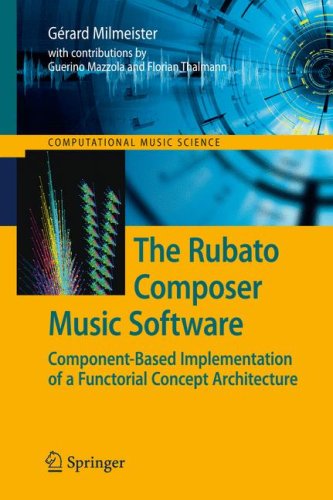
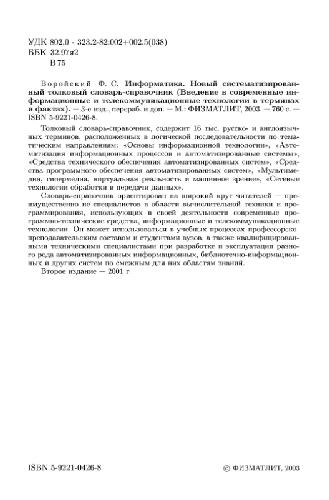
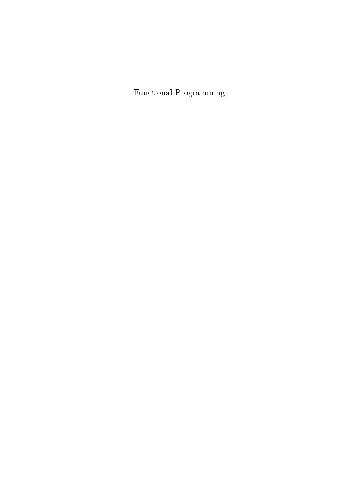
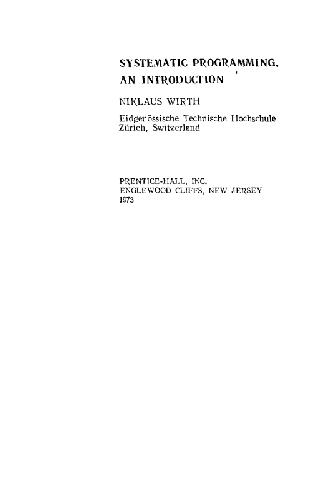
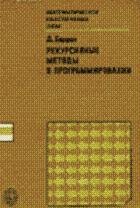
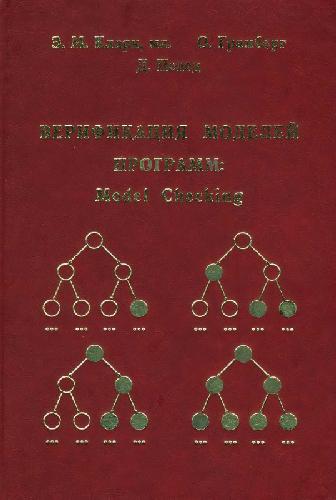
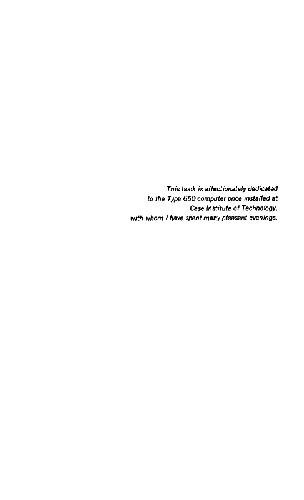
Reviews
There are no reviews yet.